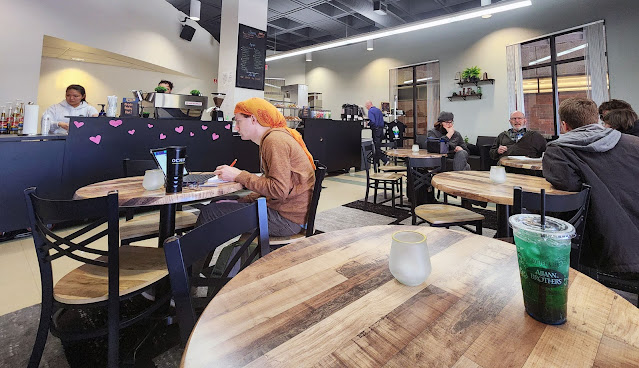Lynsey Addario " It's What I Do"
(Bibi Aisha, whose husband cut off her nose because she had left their home to seek help. This photo was on the cover of Time magazine. November 2009. Lynsey Addario) |
“That night I lay awake, my heart pounding, my eyes wide open through the night as I listened for any sound of an ambush. Elizabeth, meanwhile, was undeterred. She was determined to stay until the end of the mission in order to see the story through, to see the soldiers arrive back at the KOP safely. She was not interested in flying out with me on any helicopter. As a photographer in a war zone, I didn’t have a weapon. I needed to get as close as I could to the action in order to get the photographs, but I also needed to stay alive. And the only thing that had kept me alive during Iraq, Afghanistan, Lebanon, Congo, and Darfur was my inner voice that told me when I had reached my personal limit of fear. It told me when I needed to pull back to preserve my sanity, and possibly my life.” (Adario).
In Lynsey Addario's book, “It’s What I Do” is about how Lynsey started photographing, from her early childhood all the way through her adult years. This anecdote from her book is from her time in Afghanistan and her colleague when covering a story after September 11th 2001 with NATO troops. In this section, it is the most immersive, page-turner, exciting part of the book where you can’t put the book down so you can know what happens next. While photographing, especially in war zones, Lynsey has always had her own way of photographing her subjects. Everytime she would ask them if she could take their picture and explain what and why she's there.
She has been a huge advocate for women and how women live everywhere in the world. “I spent two weeks traversing North and South Kivu, interviewing and photographing women who were victims of sexual assault, surprised by how many women agreed to speak openly about their experiences.” (Ch. 7). Lynsey made sure her subjects were comfortable, especially during her time in North and South Kivu. Lynsey has developed a sense of purpose to photograph what is happening in the world, especially when it comes to the women in multiple countries.
She has put her life and well being on the line so she can take the most important photos she thought should be published. She has lied about being married, having to hide her passports, being kidnapped and so much more. I could not imagine being in her shoes and doing the things she has done in order to get the pictures she wants in the conflict zones she always goes to. I can relate to how dedicated she is towards her work. I have been very dedicated to other passions of mine, however I would not put myself in the slightest sight of danger.
For this term in photography journalism, I haven’t been able to use much of Lynsey's lessons. Most of the lessons taught in this book are for someone who’s super passionate about their work and for an environment that is not always safe. I have kept and used one lesson, which is to make sure when I take someone’s photo, to be courteous and respectful of them. Lynsey has taken some amazing and emotionally striking photos during her time in conflict zones.
My favorite photo from Lynsey is the one above, this is my favorite photo because of how nice and sweet this lady looks, not being defined by what has happened to her. Other photos by Lynsey Addario are similar to this, how it centers a few or one subject, either being a war photo or a photo about women. It has a strong feeling and shows how life is like where the photos are being taken.
Now, Lynsey is both a mother, and a photographer. “I’ve learned to live in two different realities. It’s not always easy to make the transition from a beautiful London park filled with children to a war zone, but it’s my choice. I choose to live in peace and witness war—to experience the worst in people but to remember the beauty.”( Lynsey Addario, Ch 14: Lukas.) This quote from Lynsey really stood out to me because she mentions that she has seen the worst in people, and typically someone will tell you to not see the worst in people. However, Lynsey is a war photographer and what she has seen is way more graphic and horrible than I can imagine. She does acknowledge that and looks past it to remember the beauty, which could be how strong and resilient some of the women are in war zones. With everything that I have read in Lynsey’s book has been an incredible read. I would definitely recommend it to anyone who is looking for a little adventure along with someone who just found their passion in photography.


Comments
Post a Comment